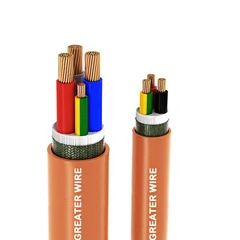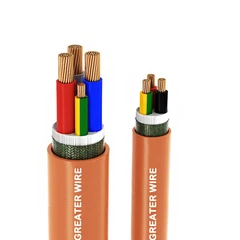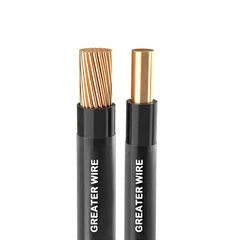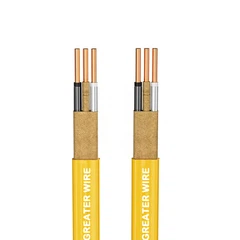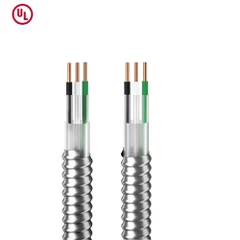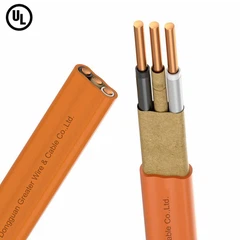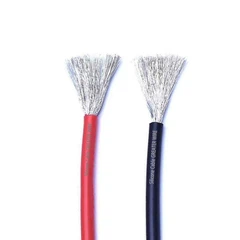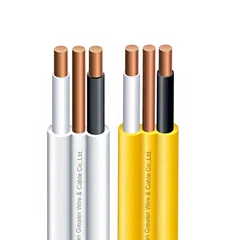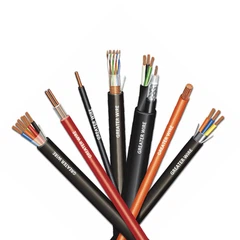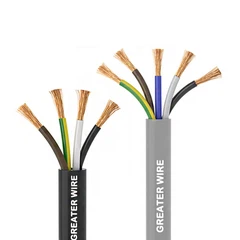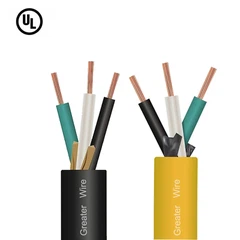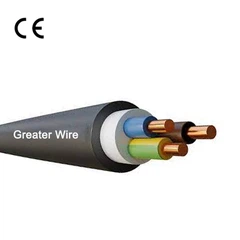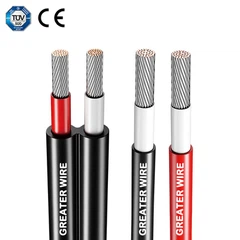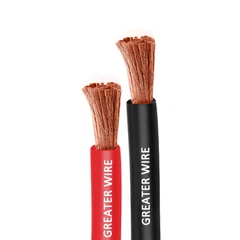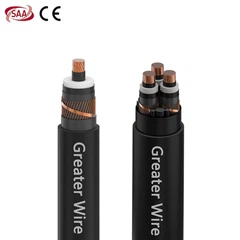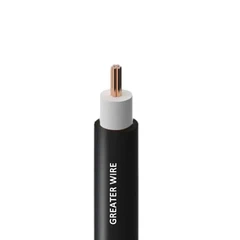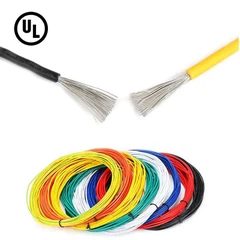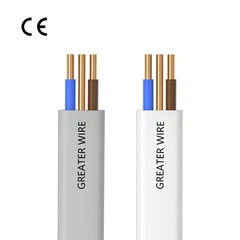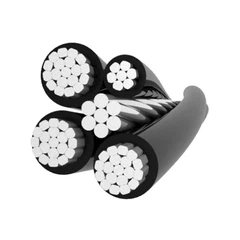Application of MC Cable in Residential Buildings
According to NEC 330.10 (A), MC cables can be used for various applications, including:
1.Concealed or exposed installation inside or on the surface of the wall.
2.Directly buried (requiring specially designed MC cables).
3.Used in damp or corrosive environments (requiring additional protective layer).
However, in residential environments, the use of MC cables is often subject to certain limitations. For example, in ordinary wooden residential buildings, NM cables (such as Romex cables) are more common because they are low-cost, easy to install, and comply with residential electrical standards.

What residential scenarios are suitable for MC cables?
Although MC cables are not common in residential buildings, they may be a suitable choice in the following situations:
1.Apartments and high-rise residential buildings
In mixed use commercial and residential buildings or high-rise apartments, MC cables are safer and more durable than NM cables.
2.Garage and basement
These areas are susceptible to physical damage, and the metal sheath of the MC cable can provide additional protection.
3.External installation (such as HVAC equipment)
When installing air conditioning equipment or other appliances outdoors, MC cables can provide better environmental resistance.
4.Residential buildings with fire prevention and high safety requirements
In some residential buildings with higher fire safety requirements, MC cables are safer than NM cables.



Installation requirements for MC cables
If it is decided to use MC cables in residential buildings, the following installation specifications need to be followed:
1.Proper wire stripping and grounding
Due to the fact that the metal sheath of MC cable can serve as a grounding conductor, it is necessary to ensure its correct connection.
2.Use appropriate fixing devices
MC cables should be secured with suitable metal clips or cable ties to prevent loosening or damage.
3.Prevent moisture and corrosion
In humid or chemical environments, MC cables with outer sheaths should be selected.
4.Follow the laying method specified in NEC 330
Ensure that cable installation complies with NEC and local electrical regulations.



